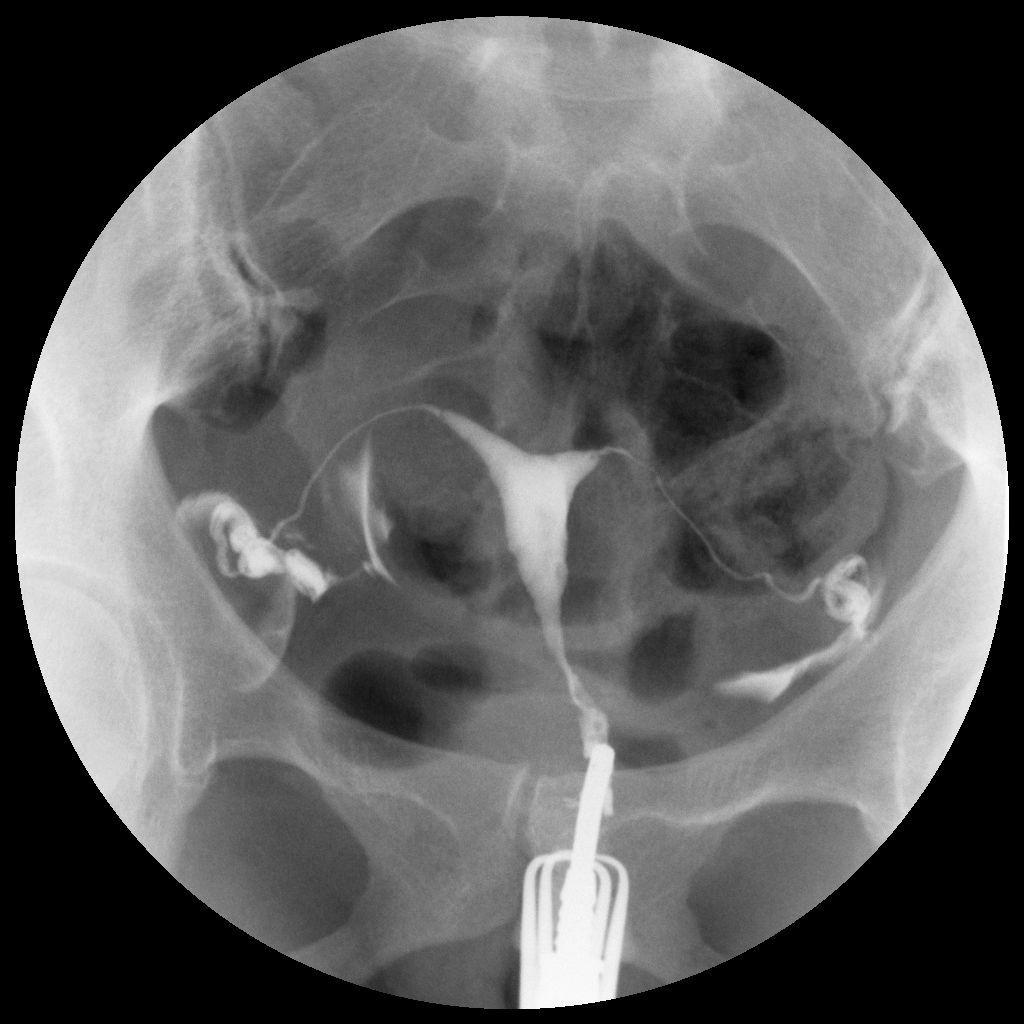-
 Mamavirus
Mamavirus
-
 Perovskite
Perovskite
-
 Firewall
Firewall
-
 Cyclone
Cyclone
-
 Magnetic inversion
Magnetic inversion
-
 Entomophage
Entomophage
-
 Cath
Cath
-
 Confocal microscope
Confocal microscope
-
 Ion engine
Ion engine
-
 Chromosome
Chromosome
-
 Large Canary Island Telescope
Large Canary Island Telescope
-
 Concomitant
Concomitant
-
 ADSL
ADSL
-
 Helsinki Convention
Helsinki Convention
-
 Sleet
Sleet
-
 Homotopy
Homotopy
-
 Geoengineering
Geoengineering
-
 Pod
Pod
-
 Proliferation
Proliferation
-
 Vertebral column
Vertebral column
-
 Class IV antiarrhythmic
Class IV antiarrhythmic
-
 Isoleucine
Isoleucine
-
 Contusion
Contusion
-
 Lateral chromatic aberration
Lateral chromatic aberration
-
 Pelagic
Pelagic
-
 Mononucleosis
Mononucleosis
-
 Invadopodia
Invadopodia
-
 Balanced flue boiler
Balanced flue boiler
-
 Lamination
Lamination
-
 Saros
Saros
Hysterography
Hysterography is also calledhysterosalpingography (HSG), it is a radiographic examination of the uterus and Fallopian tubes. In recent years it has been increasingly replaced by magnetic resonance imaging (MRI). Hysterography is performed by a radiologist in a radiology centre.
Hysterography - the process
The examination is used to investigate the uterine cavity and Fallopian tubes, particularly if a person has difficulty getting pregnant or because of bleeding for which no cause has been found using ultrasound. The indications for the investigation are now limited by the widespread use of ultrasound and other imaging techniques (MRI etc.).
The examination procedure
The patient lies down on her back with her knees flexed and spread apart. The doctor places a probe in the cervix and injects an iodinated contrast medium. The investigation lasts approximately 30 minutes and does not require any anaesthesia. It provides direct information about the uterine cavity and fallopian tubes, and on the condition of the mucosa and submucosa.
Possible risks of hysterography
Hysterography must not be performed during pregnancy. It is generally performed immediately after the menstrual period. Known iodine allergy must be reported to the doctor before the investigation.
Sources:
- Société française de radiologie (SFR), 18 February 2011;
- Dictionnaire de l'imagerie médicale et des rayonnements, from the Academy of Medicine by Profs. Jean-Charles Sournia and Jacques Polonovski, PUF.
 Hysterography is a radiographic examination of the uterus and Fallopian tubes. © Diagnosezentrum Hietzing
Hysterography is a radiographic examination of the uterus and Fallopian tubes. © Diagnosezentrum Hietzing
Latest
Fill out my online form.



